Top 10 most fascinating archaeological discoveries of 2021
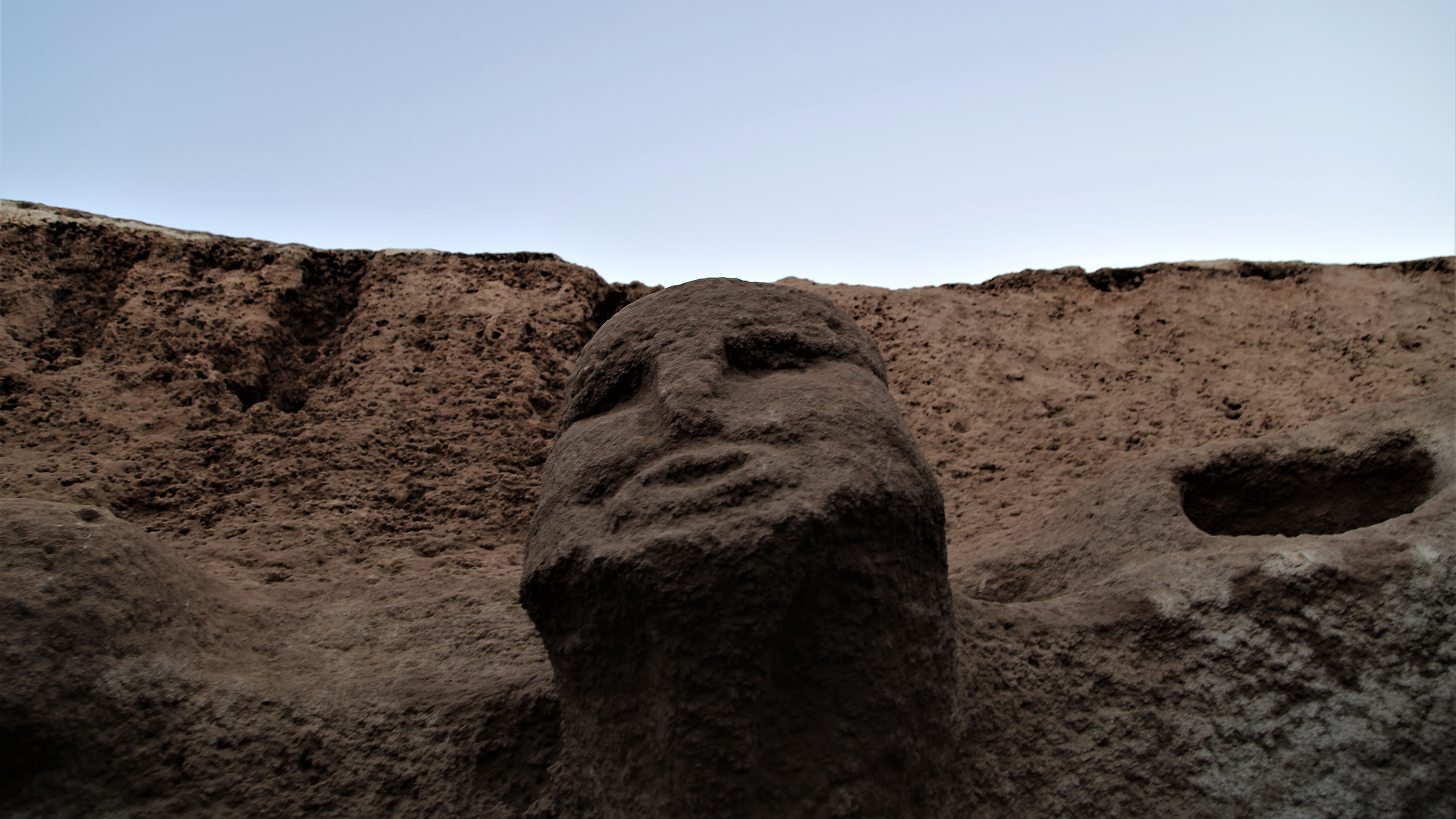
The oldest map in Europe, a "lost golden city" in Egypt and a massive geoglyph in India that may be the world's largest are just some of the archaeological discoveries that were reported in 2021. Despite all the problems associated with the ongoing COVID-19 pandemic, scholars made numerous finds, and in this countdown Live Science takes a look at some of the best history and archaeology stories of 2021.
Massive geoglyph in India
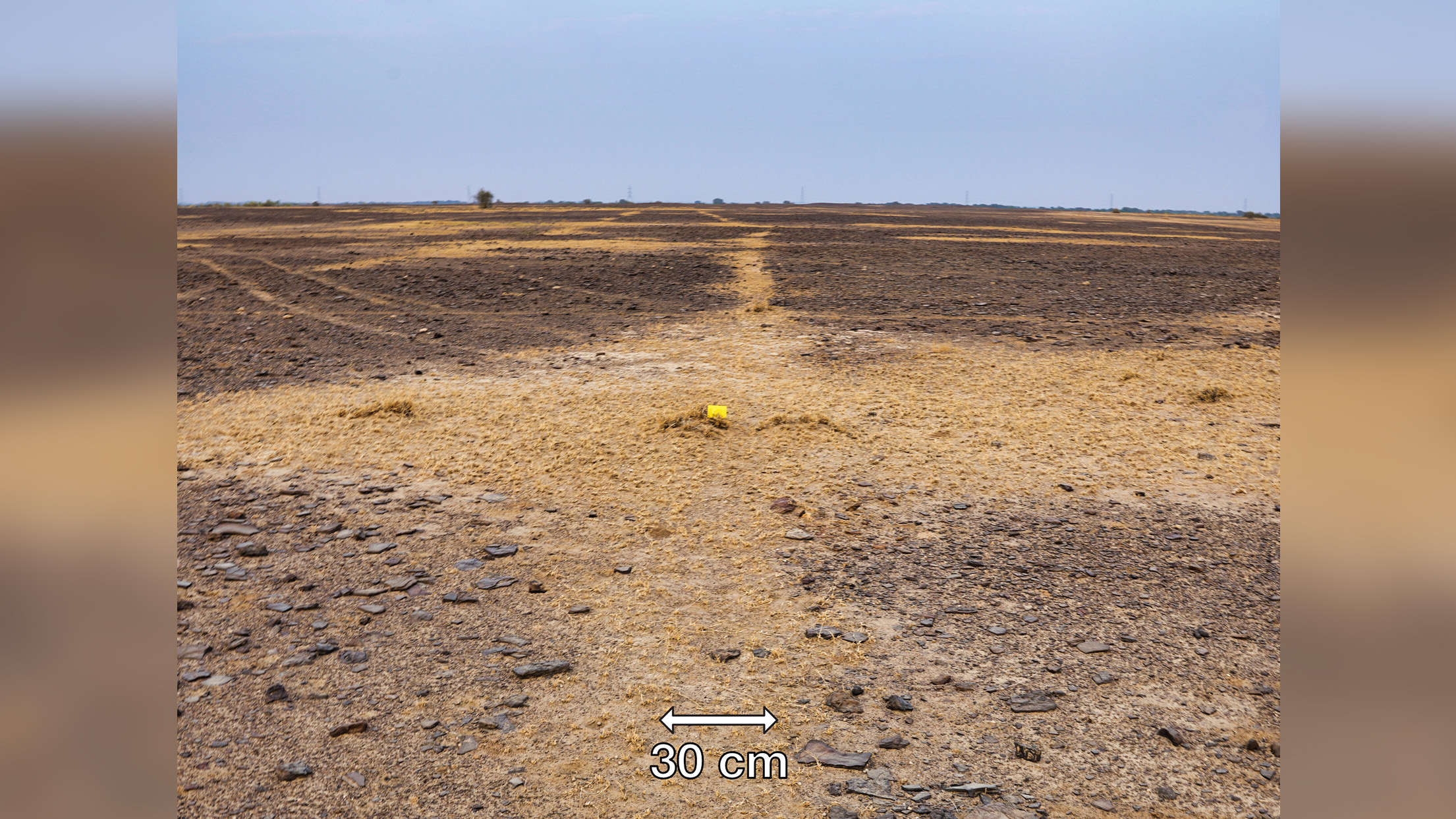
A massive geoglyph, possibly the world's largest, was found in the Thar Desert in India, covering an area of about 51 acres (20.8 hectares) near India's border with Pakistan. It consists of several spirals and a snaking line that goes back and forth.
A hike along the geoglyph's lines would make for a journey of 30 miles (48 kilometers). The geoglyph is estimated to date back around 150 years, but its purpose is unclear. The geoglyph is difficult to see from the ground, and it was first detected by a team of scholars who were analyzing the landscape using Google Earth.
Read more: Google Earth reveals the world's largest geoglyph
Lost Golden City
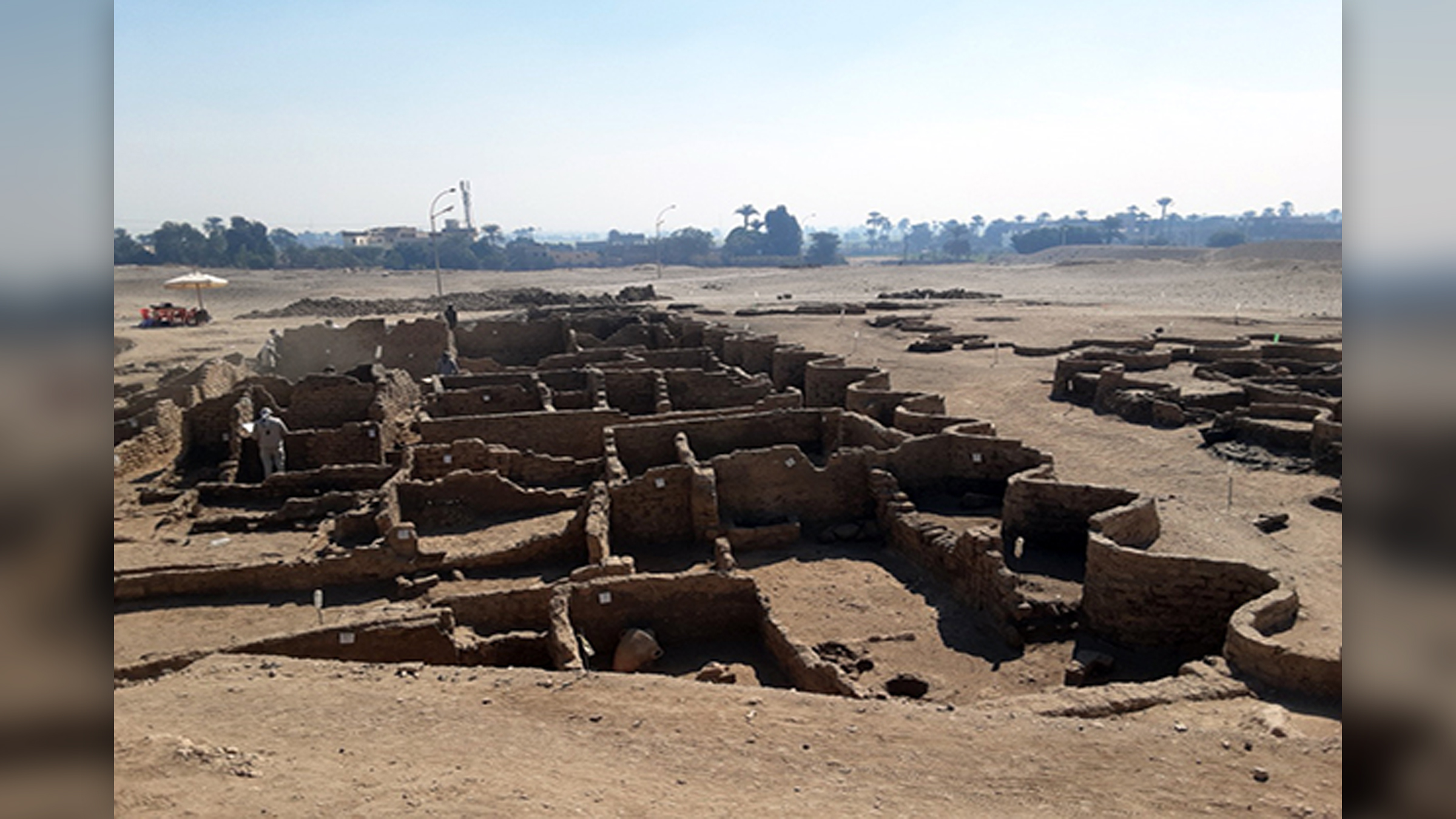
Archaeologists have discovered a "Lost Golden City" near Luxor (ancient Thebes) in Egypt. The city was known as the "The Rise of Aten" and was founded by pharaoh Amenhotep III, who ruled between 1391 and 1353 B.C. The city contains numerous houses, administrative buildings, a large bakery, a production area for mud bricks and several burials. Historical documents suggest that Amenhotep III had three royal palaces in the city, and archaeological excavations are ongoing.
The city's existence was known from historical records but was not discovered until this year. "Many foreign missions searched for this city and never found it," Zahi Hawass, the former minister of state for antiquities affairs and the archaeologist who led the Golden City excavations, , said in a translated statement.
Read more: 3,000-year-old 'Lost Golden City' discovered in Egypt
Sign up for the Live Science daily newsletter now
Get the world’s most fascinating discoveries delivered straight to your inbox.
Roman crucifixion uncovered

In Cambridgeshire, U.K., archaeologists found the body of a man who was crucified when he was between 25 and 35 years old. A nail was found driven through at least one of his heel bones, and additionally during the crucifixion his hands would have been tied to a cross; the position this put him in likely caused him to suffocate to death.
Archaeologists found that his leg bones were thin, meaning that he had likely been shackled to a wall for a long time before his crucifixion. The burial dates to the third or fourth century and the man may have been a slave. Very few examples of crucifixion have been found from the Roman Empire in archaeological excavations.
Read more: Rare evidence of Roman crucifixion uncovered in the UK
Europe's oldest map
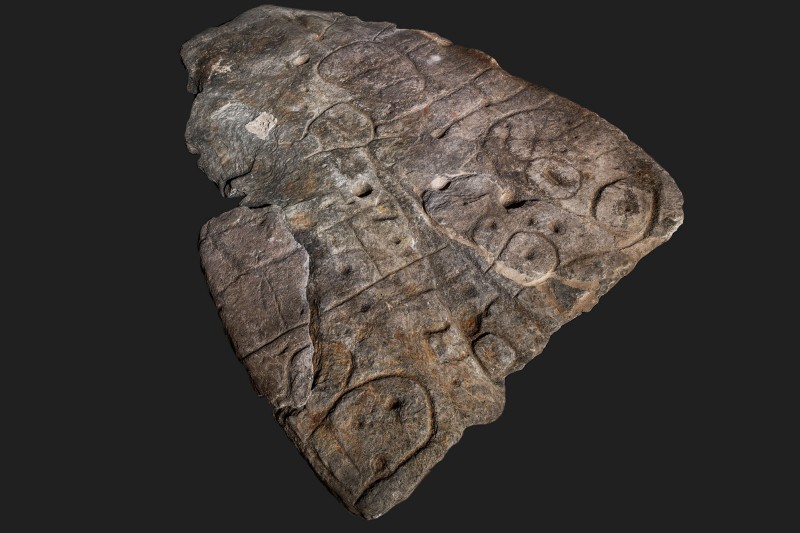
A series of engravings on a 4,000-year-old stone slab in France is actually the oldest map in Europe, researchers found. The slab has a series of lines that represents the Odet River and its surrounding valley in western France — an area of about 18.6 miles by 13 miles (30 kilometers by 21 km), the researchers said.
The stone slab was actually found in 1900. A recent study of the engravings, which used photogrammetry to create a highly detailed 3D image of the slab, revealed that the engravings form a map. It may have been used by a prince or king to illustrate the territory they ruled.
Read more: Europe's oldest map, a stone slab, unearthed in France
Ancient lovers' embrace

About 1,500 years ago, a couple — a male and female — were buried together in a loving embrace. When archaeologists found their remains, their embrace was still intact despite the passage of time.
"This is the first [couple] found in a loving embrace, as such, anywhere anytime in China," study lead researcher Qian Wang, an associate professor in the Department of Biomedical Sciences at the Texas A&M College of Dentistry, told Live Science in an email.
The man was between 29-35 years old and had a few injuries, including a broken arm and missing finger on his right hand. The woman was between 35-40 years old and had a few cavities but no apparent injuries. Researchers speculate that after the man died the woman may have killed herself to make it easier to be buried in the loving embrace.
Read more: 1,500-year-old burial in China holds lovers locked in eternal embrace
World's oldest pet cemetery
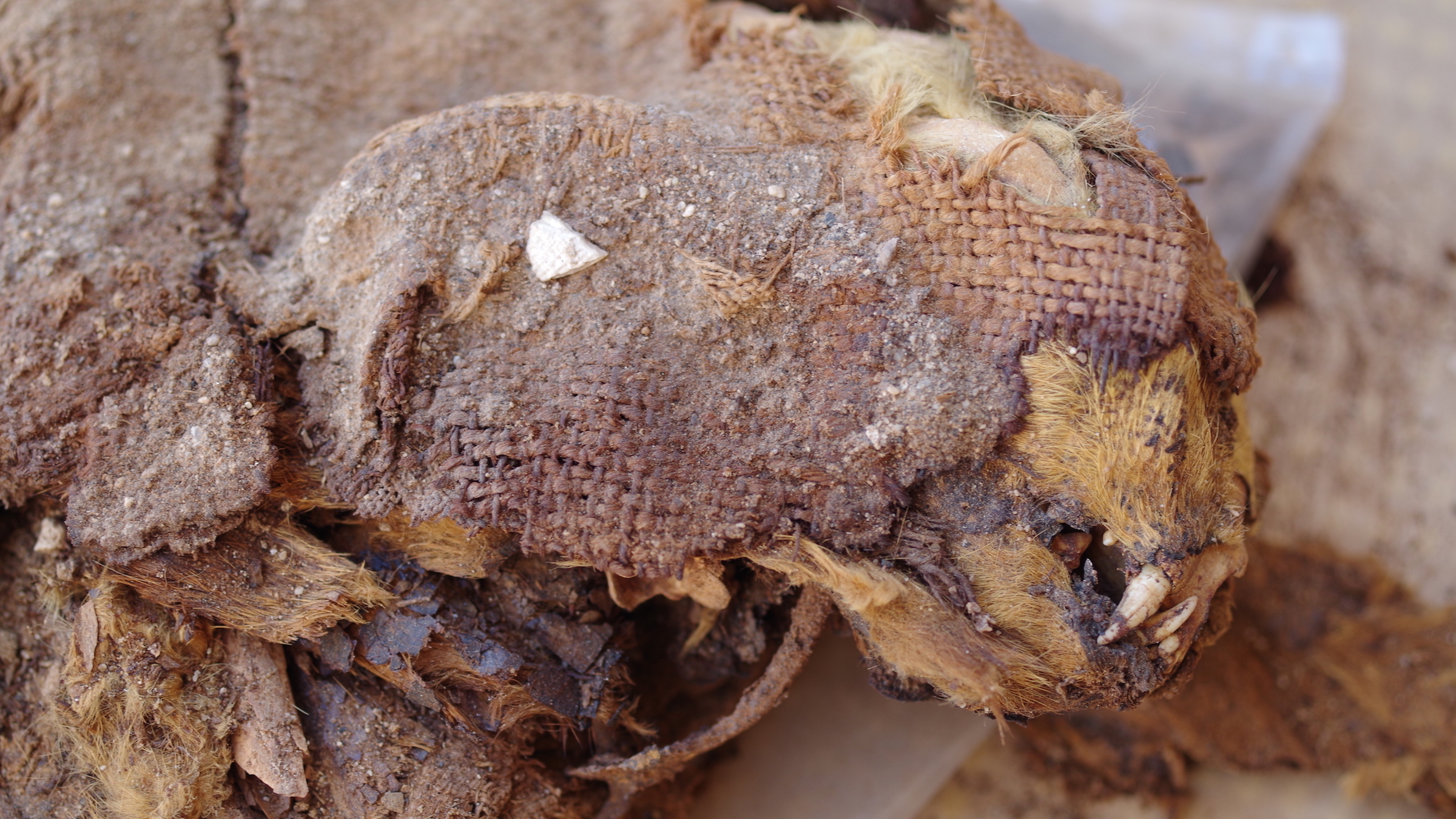
A 2,000-year-old pet cemetery that may be the oldest known example in the world was discovered in Berenice, a port on Egypt's Red Sea coast. The animals buried in this cemetery appeared to have died of natural causes and been treated with loving care. At other sites in Egypt that have animal burials the animals were often sacrificed.
At the pet cemetery archaeologists found a variety of animals including a large dog who was wrapped in a mat of palm leaves. They also include toothless dogs and cats who were very old when they died and may have required help from their owners to eat. "Our discovery shows that we humans have a deep need for the companionship of animals," said lead researcher Marta Osypińska, a zooarchaeologist at the Polish Academy of Sciences in Warsaw.
Read more: World's oldest 'pet cemetery' discovered in ancient Egypt
11,000-year-old parade

An 11,000-year-old prehistoric site in Turkey which is now called Karahantepe was used for a prehistoric parade that saw people walk through a building that contained phallus shaped pillars and a carving of a human head. "All pillars are erected and shaped like a phallus," Necmi Karul, a professor of prehistoric archaeology at Istanbul University, wrote in a paper published in the journal Türk Arkeoloji ve Etnografya Dergisi. The building is part of a larger complex. Excavations at the site started in 2019 and are ongoing.
The site dates to a similar time as Gobekli Tepe, another archaeological site that has large buildings and carvings of animals and human heads. Both sites are two of the oldest known monumental sites constructed by people.
Read more: Human head carvings and phallus-shaped pillars discovered at 11,000-year-old site in Turkey
Oldest war monument

A 4,300-year-old burial ground in Syria, at the site of Tell Banat, may be the world's oldest known war monument, archaeologists say. It contains the corpses of at least 30 warriors along with equids and pellets. Archaeologists found that soldiers with equids tended to be grouped in different areas that soldiers with pellets as if they were part of different units. Ancient inscriptions in Mesopotamia mention how the bodies of the war dead were piled into a highly organized structure.
The people who live in the area in modern times call the mound the "white monument" because the monument's gypsum causes it to glisten in sunlight, the archaeologists wrote. The discovery shows "that ancient people honored those killed in battle, just as we do," Anne Porter, a professor of ancient Near and Middle Eastern Civilizations at the University of Toronto and one of the study researchers, said in a statement.
Read more: Pyramid-shaped mound holding 30 corpses may be world's oldest war monument
Dragon Man

Scientists in China report the discovery of a new human species which they call Homo longi which means "Dragon Man." It's known from a skull that was found in 1933 but hidden in a well during the Japanese occupation of China where it remained for 85 years until it was rediscovered and studied.
The skull is the large Homo skull known to exist and studies suggest that Dragon Man may be the closest-known related species to Homo sapiens. It's not clear when exactly Dragon Man first appeared and when it went extinct but the skull itself dates back sometime between 309,000 and 138,000 years ago, scientists found.
Some scientists have questioned whether Dragon Man is in fact a new human species and speculate that the skull may belong to a Denisovan, a hominid that has few known fossils.
Read more: New human species 'Dragon man' may be our closest relative
Oldest ghost drawing
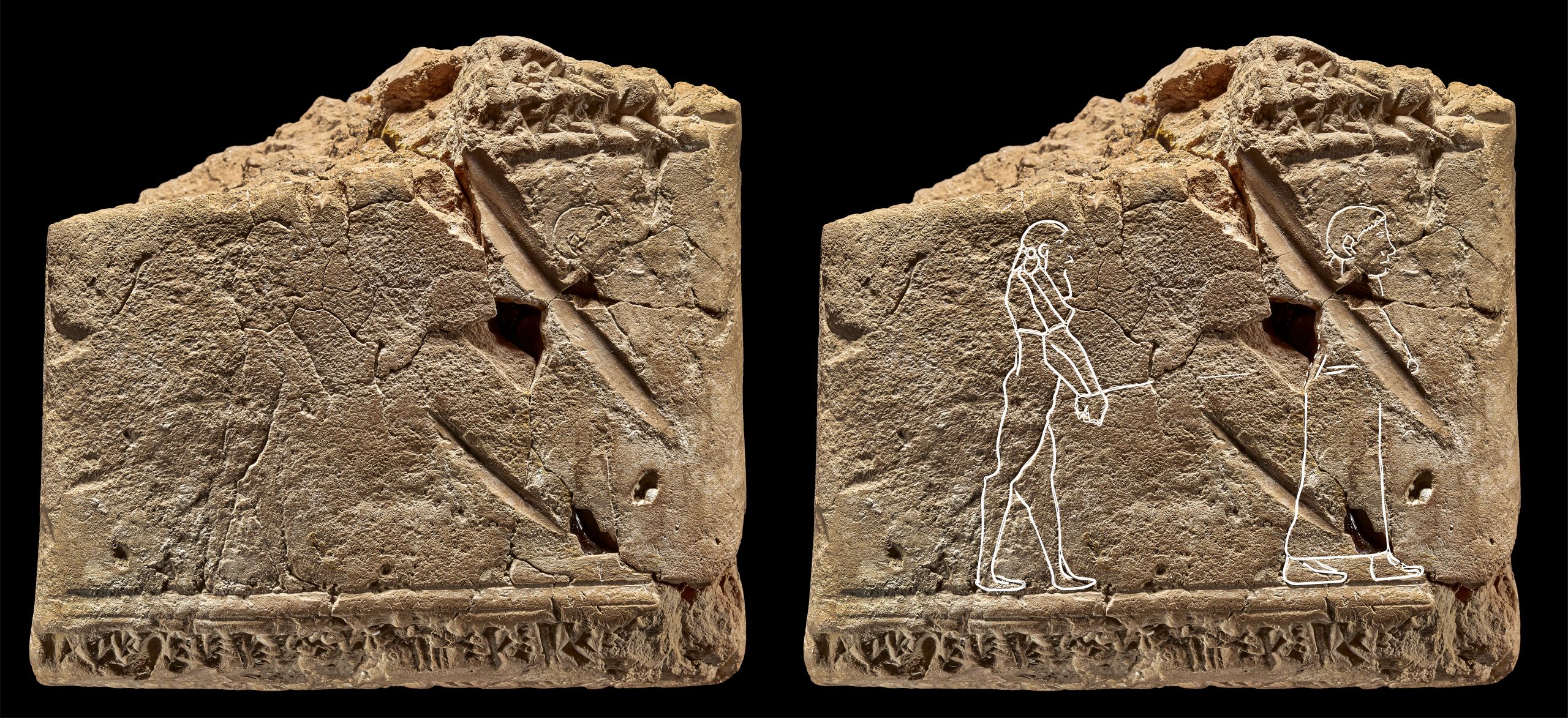
Barely visible to the naked eye a museum curator identified an engraving on a 3,500-year-old Babylonian tablet as being the oldest known depiction of a ghost. The ghost is male, has a beard and appears grumpy as he is being led, by a rope, to the underworld by a woman.
The tablet has a spell on it that is meant to exorcise a ghost. The spell transfers the ghost into a figurine and calls upon the sun god Shamash to help the ghost pass over into the afterlife. The last line of the ritual warns "do not look behind you." The tablet is in the British Museum, having been acquired in the 19th century, but the ghost wasn't spotted until recently.
Read more: Oldest ghost drawing discovered on Babylonian exorcism tablet
Originally published on Live Science.

Owen Jarus is a regular contributor to Live Science who writes about archaeology and humans' past. He has also written for The Independent (UK), The Canadian Press (CP) and The Associated Press (AP), among others. Owen has a bachelor of arts degree from the University of Toronto and a journalism degree from Ryerson University.









